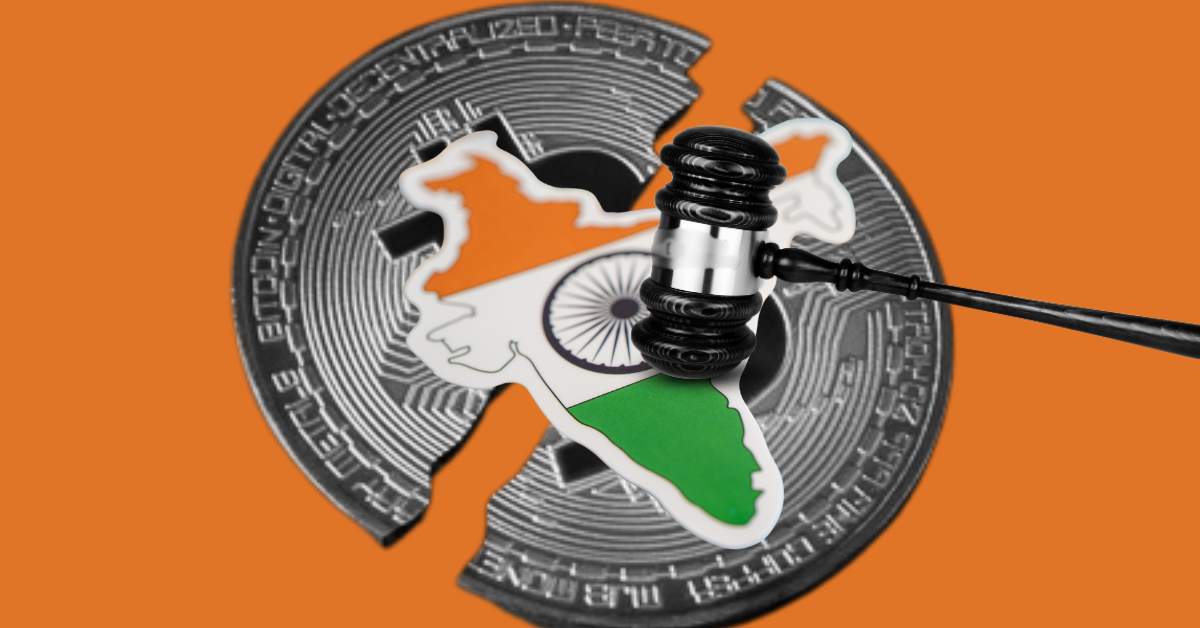
The Geopolitical Ripple Effect on Crypto Markets: When India-Pakistan Tensions Meet Digital Finance
The world’s crypto markets have long been a barometer for global uncertainty, but few expected them to become an unlikely diplomatic battleground in the India-Pakistan conflict. When Binance founder Changpeng Zhao (CZ) tweeted a plea for peace—”Let’s compete on economic growth and tech innovations”—amid missile strikes and territorial disputes, it wasn’t just virtue signaling. It was a stark reminder that even decentralized finance can’t escape the gravitational pull of geopolitics. From Bitcoin’s paradoxical price surges to CZ’s controversial advisory role in Pakistan’s Crypto Council, the drama unfolding between these nuclear-armed neighbors is rewriting the rules of how conflict intersects with digital assets.
Bitcoin as the Unlikely “War Hedge”
While traditional markets shudder at geopolitical instability, Bitcoin has repeatedly flexed its reputation as a “digital gold” during crises. The India-Pakistan tensions proved no exception: as military posturing escalated, BTC saw fleeting but notable price resilience. Analysts attribute this to two factors. First, crypto’s detachment from state-controlled financial systems makes it a haven for investors spooked by potential capital controls or currency devaluations—a real concern in Pakistan, where inflation recently hit 38%. Second, the narrative of crypto as a tool for “economic competition” (as CZ framed it) gains traction during conflicts, with blockchain offering workarounds for cross-border transactions amid strained diplomatic channels.
But here’s the twist: Bitcoin’s war-time appeal isn’t universal. In India, where crypto taxes and regulatory hostility persist, local traders treated the asset with caution. Meanwhile, Pakistani users reportedly turned to stablecoins like USDT to preserve savings as the rupee plummeted—proof that crypto’s utility in crises depends heavily on a country’s financial infrastructure (or lack thereof).
CZ’s Diplomatic Tightrope: Advisor or Provocateur?
CZ’s appointment as Pakistan’s Crypto Council advisor wasn’t just a career pivot; it was geopolitical tinder. On paper, his expertise could help Pakistan build a compliant crypto ecosystem to attract Web3 investment—a smart move for a cash-strapped nation eyeing tech-driven growth. But critics, especially in India, quickly noted the irony: a CEO who once flouted U.S. anti-money laundering laws (resulting in a $4.3 billion settlement) now guiding a country long accused of financing militancy.
The subtext is thornier. By aligning with Pakistan, CZ inadvertently positioned Binance—and crypto itself—as a player in the India-Pakistan rivalry. India’s frosty stance on crypto (e.g., 30% transaction taxes) already contrasts with Pakistan’s warmer embrace, and Zhao’s role risks deepening that divide. Could crypto become another proxy in their decades-old conflict? The optics suggest yes, especially if India perceives Pakistan’s crypto ambitions as a backdoor to evade sanctions or fund contentious projects.
The Bigger Picture: Crypto’s Geopolitical Reckoning
The World Economic Forum’s 2025 risk report flags “technological polarization” as a critical threat—and the India-Pakistan crypto saga epitomizes why. As nations weaponize everything from trade to data, digital assets are now part of the arsenal. Consider:
– Regulatory Fractures: While Pakistan courts crypto firms, India’s harsh taxes push traders toward gray markets. This divergence mirrors broader tech cold wars (e.g., U.S.-China chip bans).
– Narrative Warfare: CZ’s “peace via crypto” rhetoric sounds noble, but it’s also a business strategy. Binance stands to gain if Pakistan’s market opens up—proof that even anti-war messages can serve corporate interests.
– The Stablecoin Loophole: Tether’s dominance in Pakistan highlights how dollar-pegged tokens undermine local currencies during crises—a headache for central banks worldwide.
Yet there’s opportunity amid the chaos. Blockchain’s transparency could, in theory, curb illicit finance in conflict zones. And if India and Pakistan ever de-escalate, joint crypto projects (e.g., cross-border remittance corridors) might offer a neutral ground for collaboration—something fiat systems have failed to achieve.
Conclusion: Code Versus Conflict
The India-Pakistan tensions have exposed crypto’s dual identity: both a shield against instability and a pawn in power struggles. Bitcoin’s price swings and CZ’s diplomatic forays reveal that decentralized tech is only as neutral as the humans wielding it. For all its promises of “uniting communities,” crypto’s future in volatile regions will hinge on whether it can transcend geopolitical fault lines—or if it’s doomed to reflect them. One thing’s certain: in the high-stakes game of digital finance, even blockchain can’t erase borders.
*—Mia Spending Sleuth, reporting from the trenches of your wallet’s existential crisis.*
